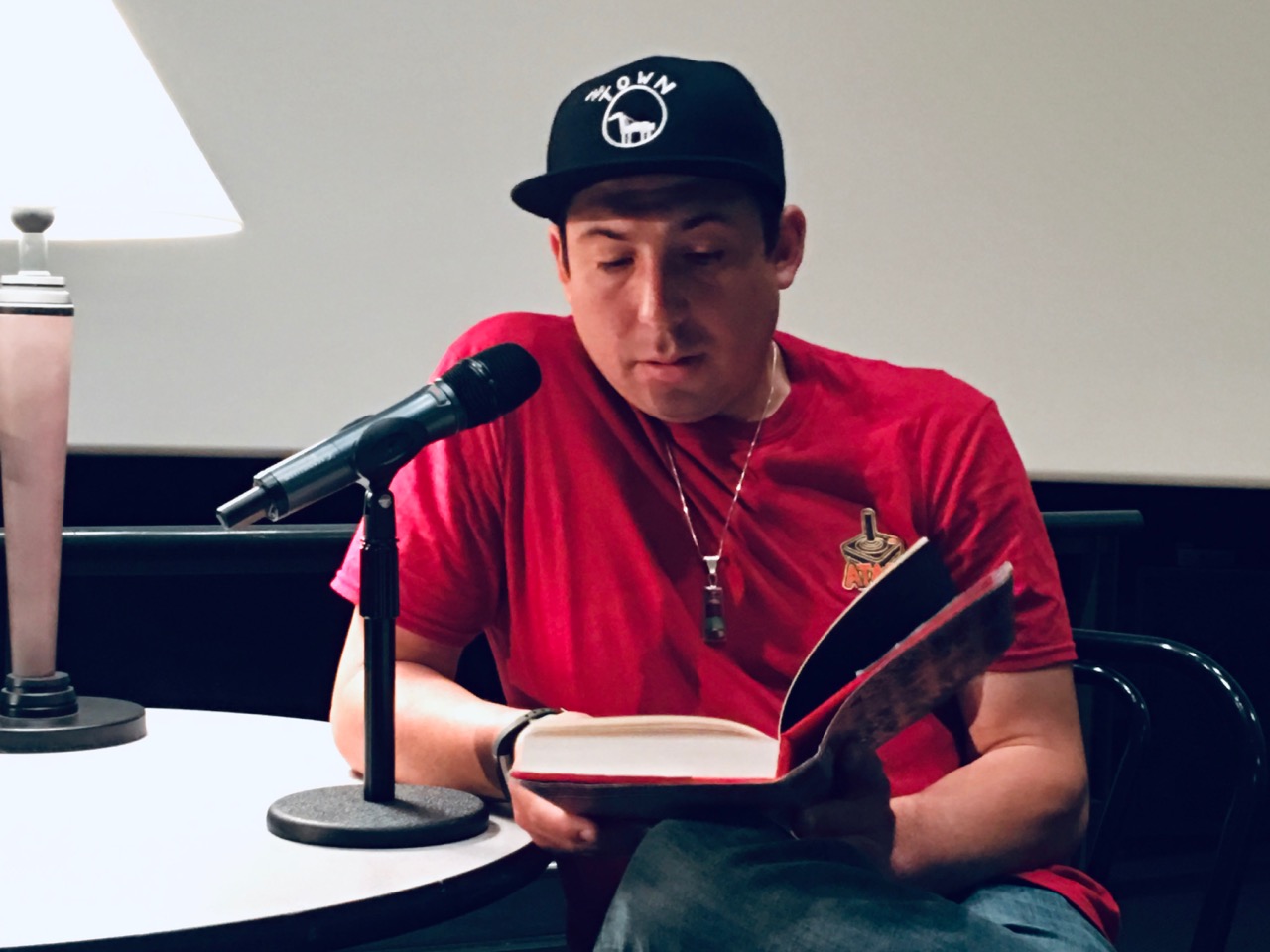REVIEW: There There by Tommy Orange
"A Reminder that the Study of Native Literatures Is Serious Business"
By Professor Elizabeth Cook-Lynn
Native Sun News Today Columnist
There There by
Tommy Orange (Vintage, $16) is given a little squib in the New York Review of Books and is said to be
polyphonic debut novel about a bunch of Native Americans going to a powwow at Oakland, California.
Is this news? Is this the subject for literary studies? For the innovative plot structure to be called polyphonic the use of a musical term suggests change and innovation in fiction writing.
Not much more than the use of a descriptive term,
Polyphonic, is given for the 290 page work and it may refer to the simultaneous combination of two or more independent melodic parts in a kind of counterpoint relationship, i.e., contrasting and comparing the sounds by one written character with another; literature in musical terms, the latest innovation.
On about page 60 of There There, careful readers are apt to quit reading when the Edwin Black story, one of dozens, appears: “I’m on the toilet. But nothing is happening. I’m here. You have to try, you have to intend, and not only tell yourself but really sit there believing. It’s been six days since my last movement. One of the bullet-point symptoms on WebMD was this: the sense that everything didn’t come out. This feels true about my life in ways that I can’t articulate yet. Or like the short story collection I’ll write one day, when it all finally does come out.”
If we are looking at a writer who is bringing new ways to describe the use of plot, this short novel could respond to and even create new audience needs as well as offering the newest thing for contemporary readers. This strikes one as a different pace in prose, intended for a new technological world?
The book seems to stem from a structured series of short chapters, and for the average reader it introduces new characters on every page. An immediate complexity is that too many characters (undeveloped and underdeveloped), are simply too hard to keep track of which means that the conflict is not held together. In spite of that, sympathetic critics have called this fiction one of the “10 best books of 2018”.
For those who want to defend the notion that the function of plot IS CONFLICT, the complaint that the writer never clarifies what the “conflict” is seems primary. Is this just a story about “dragging Indian Identity into the twenty-first century”, as one critic says, or is it “an astonishing literary debut”, as Margaret Atwood says on Twitter?
Or is it just a way for “the Native American writer”, usually young and male, to get the attention of some literary agent devoted to transformation of a different promise.
Following the latest fiction offerings in literary studies and writings from the Native Studies School at the Institute of American Indian Arts in Santa Fe, New Mexico,
There There is surely meant to excite those interested in “identity” and “belonging” issues for youthful Native Americans on the contemporary scene. That presence is largely premised on the massive work of the Institute’s former exceedingly popular literary director,
Sherman Alexie, recently demoted by that institution and his publishers because of accusations by colleagues of sexual abuse.
Contact Elizabeth Cook-Lynn at ecooklynn@gmail.com
Copyright permission
Native Sun News Today
Join the Conversation



